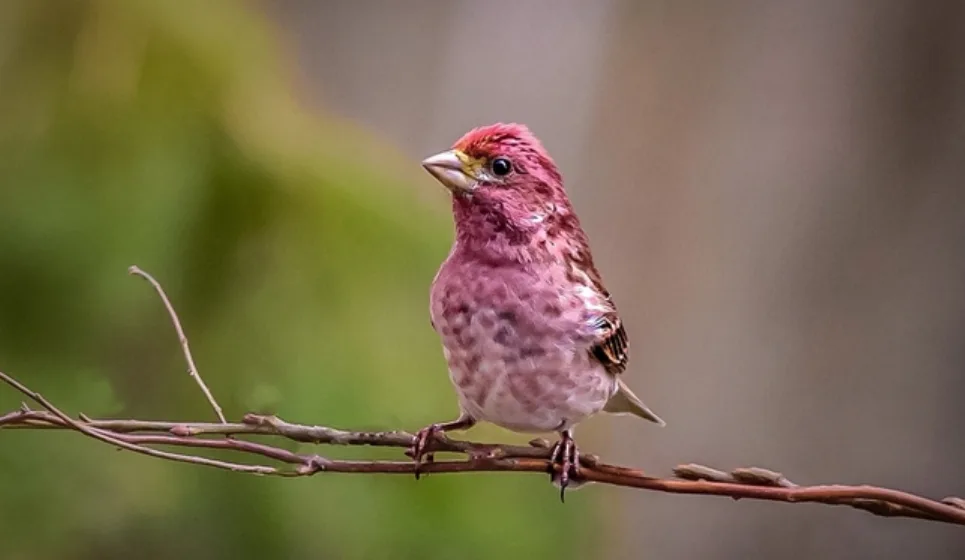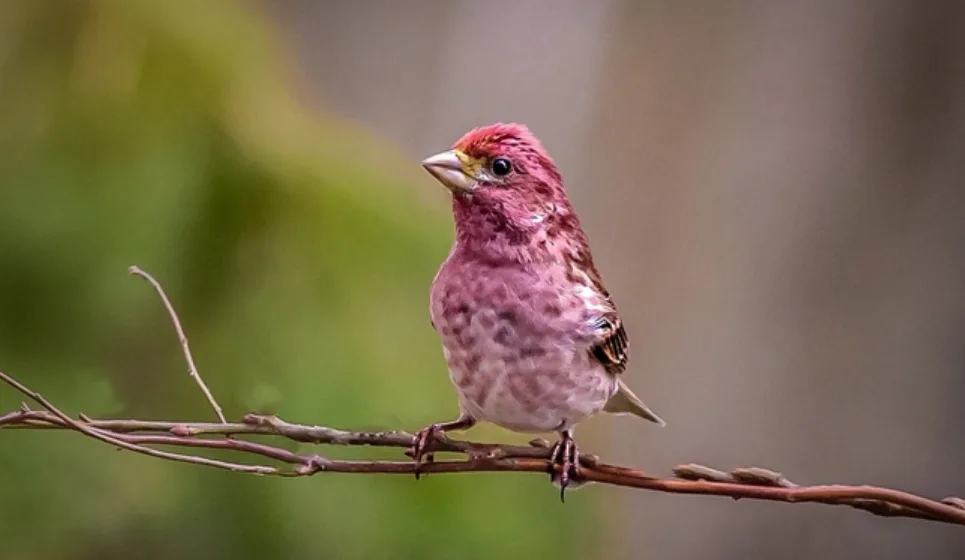
Eyes to the sky: Spring is a busy season for birds
There's lots to see in Canadian skies in the spring.
We're just a few days away from spring and signs of the season will soon start popping up everywhere: Canada geese are waddling down streets, flowers are popping up through the grass and, for many allergy sufferers, the sneezing season has begun.
Birders likely have their eyes to the sky, more so than usual. Spring is a season of movement and there has been lots of activity overhead.

Uploaded to The Weather Network by Luke Hanson Photography, Dutton, Ontario
Ted Cheskey, the naturalist director at Nature Canada says bird migration is driven by a few factors.
One is the length of the day, which triggers a bird’s physiological adaptations for migration preparedness.
"This means the birds start to feed, put on more fat, which provides their energy for migrating, and do other things we likely don't even know about," he says.
Uploaded to The Weather Network by Tina Markevich, Sherbrooke, Quebec
IF YOU WANT TO WATCH BIRDS, WATCH THE FORECAST
Birds take advantage of the wind to maximize efficiency. They like to fly home with the help of a tailwind, which provides tiny gusts that can propel them forward.
It's a similar concept to airplanes flying from west to east. If wind conditions are moving with the plane, the flight time may be faster than the same flight going in the opposite direction.
Time of day also matters.
"Waterfowl, hawks, blackbirds, and corvids, for example, are all birds that migrate in the day," Cheskey says.
Uploaded to The Weather Network by Mary Lou Roberts, London, Ontario
"There are also those species that migrate at night—including the majority of songbirds. The spring brings strong high-pressure systems and winds out of the north. This blocks nocturnal migrators, so these birds either stay in one place where there is lots of food ... or they migrate slowly until they encounter a physical barrier like a coastline or a large body of water."
In April and May the winds shift to the south, allowing for tremendous nocturnal migrations, Cheskey adds.
"We can hear this at night if it's quiet enough. Birds make distinctive contact calls when they migrate, and most are flying less than a kilometre off the ground."
WATCH BELOW: HOW TO TAKE THE BEST BIRD PHOTO
HOW MANY BIRDS?
Billions of birds make their way back to Canada between April and May and if you watch them long enough, you may learn to identify species by listening to their calls or observing their characteristics.
There are a few apps that can help you record discoveries and connect with the scientific community, like eBird and Merlin Bird ID.
Once you start close attention, you may be surprised at the diversity you encounter.
Uploaded to The Weather Newtork by Jim Bennitt, Dundas, Ontario
"I observe 100 species each year from my urban apartment in Gatineau, Quebec," Cheskey says.
In addition to an app, an old-fashioned pad of paper and a pen, along with a good set of binoculars, are a great bird-watching starter kit.
HELPING OUR FEATHERED FREINDS
While the skies are busy, it's important to note that bird populations are in decline around the world, says Aly Hyder Ali, an urban nature organizer at Nature Canada.
"We have lost 3 billion birds in the last 50 years in North America alone and we need to act now to reverse these trends," Ali says.
Uploaded to The Weather Network by Diane Irwin, Fredericksburg, Ontario
"We must work together, with actions and policies guided by proper planning and good science. One of the best actions we can take to help conserve declining bird populations is protecting important bird habitat."
That involves effort at every level -- municipal, provincial, and federal -- to ensure returning birds have access to the habitats they need to thrive.
VIDEO: IS THIS THE BEST WALK ROUTE IN CANADA?
HERE'S HOW YOU CAN HELP
Here are some tips on how you can help birds, courtesy of the Cornell Lab of Orinthology:
Make windows safer. An estimated 599 million die each year from window collisions in the U.S. alone, and the help of homeowners can reduce this number drastically. Turn lights out at night or close the blinds, so migrating birds aren't attracted to the light source. You can also invest in window tape or specialized "zen curtains" which keep birds away.
Keep your cats indoors. Cats are responsible for 2.6 billion bird deaths each year in Canada and the U.S., according to the Cornell lab.
Grow native plants and flowers. Ditch decorative plants and consider filling your garden with native foliage for birds to dine on. Cheskey also recommends adding a water source for birds to drink and bathe in.
Uploaded to The Weather Network by Robert Watson, Chemainus, BC











